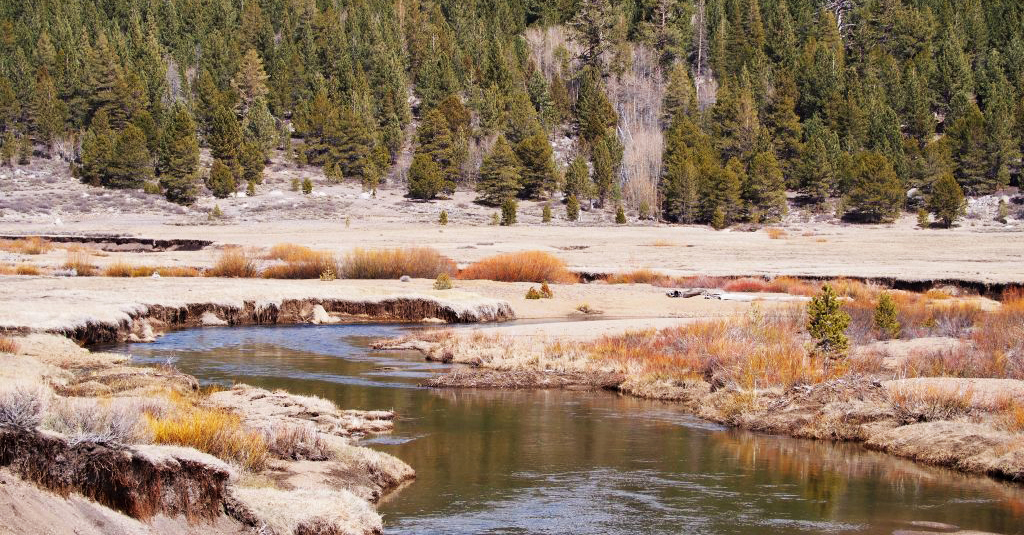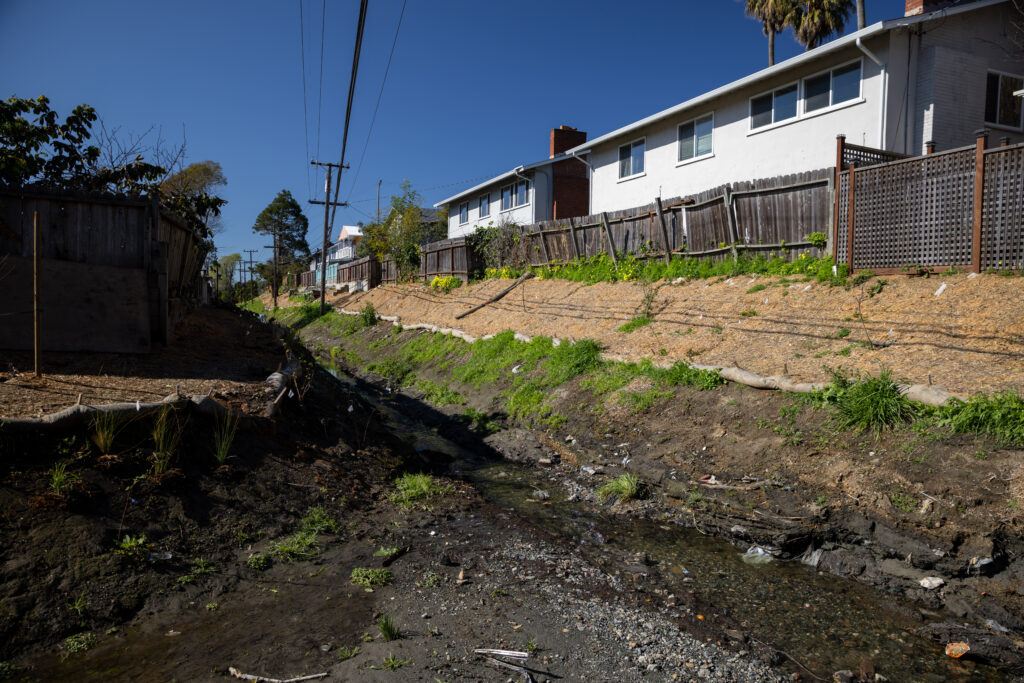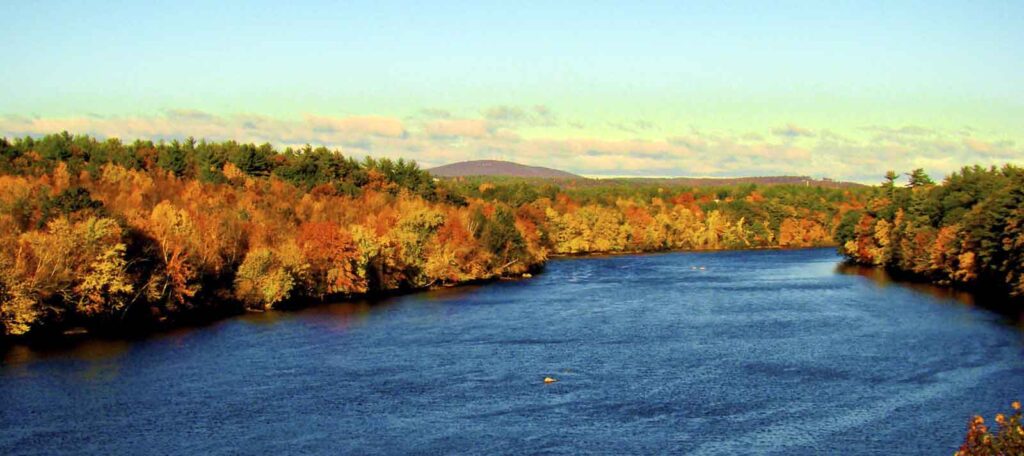Pilot Projects Accelerate Meadow Restoration
American Rivers and its partners will implement five meadow restoration projects in five watersheds in 2015. Includes a description of how pilot projects like these grow the capacity of the field, and why increased capacity is needed.

In 2015, we will complete five meadow restoration projects with our partners in five watersheds. This on-the-ground work is part of our conservation strategy that uses pilot projects to build momentum, galvanize partnerships, demonstrate early successes, and ultimately create a fertile framework to accelerate restoration. We have seen time and again how projects can be used to build the technical and collaborative capacity needed to get more done.
We have worked on meadow restoration with seven out of the 10 National Forests in the Sierra and seen exponential growth as a result of building capacity with pilot projects. For example, in the Walker River watershed, one pilot project and the formation of an associated Walker working group has led to five more projects under development. And in the Mokelumne Watershed one project has led to two more that are being pursued by the project team and other collaborators.
The increased capacity for meadow restoration is in high demand. The California drought and Proposition 1 have increased attention on multi-benefit water storage projects in headwaters regions and in floodplains, and the Governor’s Water Action Plan calls for 10,000 acres of meadows to be restored within five years. However, the early phases of a project, including project identification, design and permitting, currently act as a bottleneck to project development due to a lack of experience and expertise. As a result, funding for construction is outpacing the supply of projects, and there are virtually no shovel-ready meadow restoration projects to invest in. This is where AR has played a key role in the 5 projects pictured. During the early stages of projects, AR leads partners in developing a list of priority meadows and supplies appropriate funding and expertise to launch a first effort off the ground. Successes in fundraising, monitoring, and implementation establish a core group of partners and the second and third efforts are always easier.
This summer we will also partner with the US Forest Service and National Fish and Wildlife Foundation to develop a meadow restoration training and mentoring program for USFS and other agency staff. We will gather lessons learned into a handbook, enable practitioners to gain on-the-ground experience and team them with a mentor for future project implementation. Our goal is to work ourselves out of a job and to use the relationships we have built to launch us into other headwaters issues, and we’ve made great progress toward this goal. The agencies have begun to set strong meadow restoration targets, we have helped develop robust funding streams to support meadow restoration, and we anticipate the training program will build the capacity of land managers and local conservation groups to partner and satisfy the growing call for meadow restoration.



